
-
Find the right food for your petTake this quiz to see which food may be the best for your furry friend.Find the right food for your petTake this quiz to see which food may be the best for your furry friend.Featured products
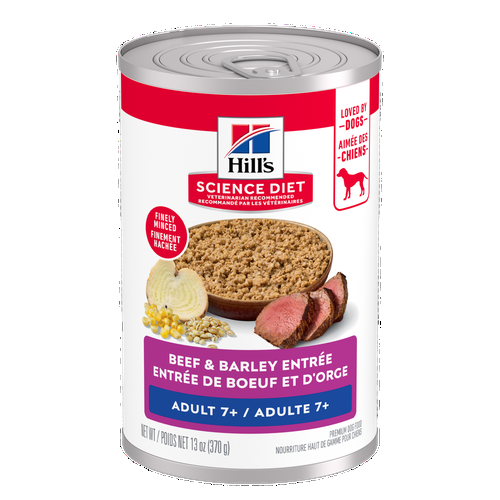 Adult 7+ Beef & Barley Entrée Dog Food
Adult 7+ Beef & Barley Entrée Dog FoodBeef & Barley recipe with precisely balanced nutrition to support mobility and muscle mass for older dogs.
Shop Now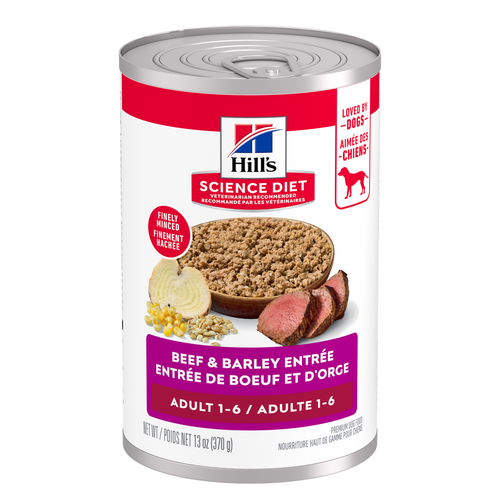 Adult Beef & Barley Entrée Dog Food
Adult Beef & Barley Entrée Dog FoodBeef & Barley recipe with precisely balanced nutrition to keep adult dogs active and healthy
Shop Now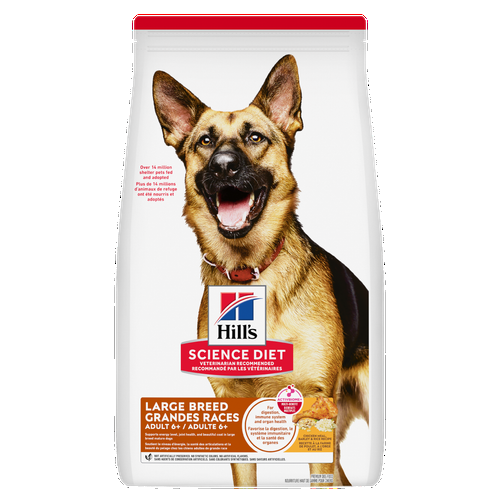 Adult 6+ Large Breed Chicken Meal, Barley & Rice Recipe Dog Food
Adult 6+ Large Breed Chicken Meal, Barley & Rice Recipe Dog FoodSupports energy & beautiful coat. Helps keep immune system, joints, heart & kidneys healthy
Shop NowFeatured products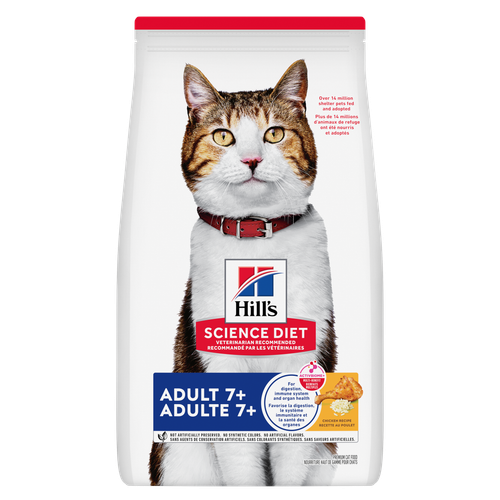 Adult 7+ Chicken Recipe Cat Food
Adult 7+ Chicken Recipe Cat FoodSupports energy level & beautiful fur. Helps keep immune system, heart & kidneys healthy.
Shop Now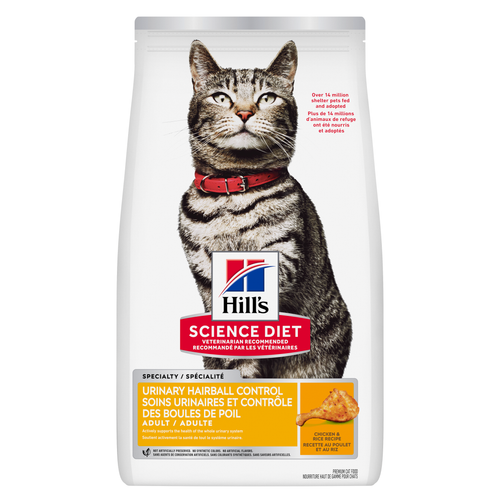 Adult Urinary Hairball Control Chicken & Rice Recipe Cat Food
Adult Urinary Hairball Control Chicken & Rice Recipe Cat FoodSupports the health of the whole urinary system with optimal levels of magnesium
Shop Now Adult Oral Care Chicken & Brown Rice Recipe Cat Food
Adult Oral Care Chicken & Brown Rice Recipe Cat FoodClinically proven kibble technology to reduce plaque & tartar build-up
Shop Now -
Dog
- Dog Tips & Articles
-
Health Category
- Weight
- Food & Environmental Sensitivities
- Urinary
- Digestive
- Joint
- Kidney
- Dental
- Cancer
-
Life Stage
- Puppy Nutrition
- Adult Nutrition
- Senior Nutrition
Cat- Cat Tips & Articles
-
Health Category
- Weight
- Skin & Food Sensitivities
- Urinary
- Digestive
- Kidney
- Dental
- Stress
- Cancer
-
Life Stage
- Kitten Nutrition
- Adult Nutrition
Featured articles The Incredible Science Behind Your Pet's Microbiome
The Incredible Science Behind Your Pet's MicrobiomeLearn what a pet's microbiome is, how it contributes to your pet's gut & overall health, and why nutrition is important in maintaining healthy microbiomes.
Read More Pet Food Storage Tips
Pet Food Storage TipsDiscover how and where to store your dry, as well as canned, dog and cat food. Learn how to find the "best before" dates on all Hill's pet food packaging.
Read More Compare Your Pet Food's Calories to Other Brands
Compare Your Pet Food's Calories to Other BrandsCompare Hill's Science Diet dog and cat food's calories against other pet food brands and AAFCO recommended maximum calorie count.
Read More -


If your cat's already been through a heat, you won't forget her howling and the constant demands for attention. If your cat isn't able to mate, then her heat is going to be a frustrating and uncomfortable time for you both. If your cat is able to mate, then you need to be prepared for potentially two litters of kittens a year! Unless you're planning on breeding, the best cat care would be getting her spayed. It will be easier on her and it will be easier on you.
When your cat is 'in heat' she is in the fertile period of her reproductive cycle and is looking to mate. A cat will usually go into heat in the spring and autumn and a heat can last from a few days all the way up to a few weeks. A cat usually has her first heat at around 6 months of age, but some can have it as early as 4 months old.
During a heat your cat may be more affectionate, rubbing up against furniture, walls and her favorite people. She'll probably rub with her hindquarters in particular and may frequently display the mating position with her hindquarters and tail raised. The most problematic parts of a heat for an owner are the vocalization and spraying. Cats in heat will howl loudly and constantly as they try to attract a male to mate. They may also spray walls or furniture with strong-smelling urine also in an attempt to indicate their availability to a male. If you have an indoor cat, they may try desperately to get outside, even going as far as attacking windows or doors.
Although your veterinarian may be able to prescribe medication to reduce the signs, the best way to prevent a cat from being in heat is to have her spayed. After she's been spayed, she will stop going into heat and will become much less territorial and less likely to spray or scratch.


Tasty Tips

When your cat is 'in heat' she is in the fertile period of her reproductive cycle and is looking to mate.
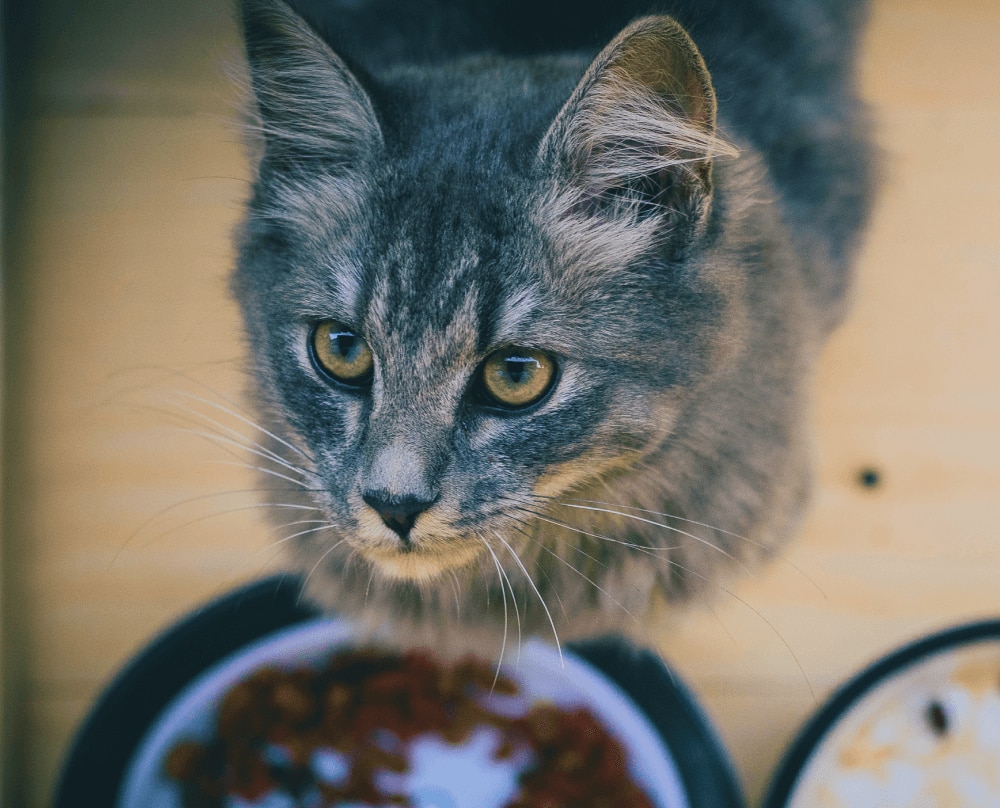
A great looking coat attracts more petting
Pets benefit from looking good, too. Make sure your cat's fur is at its finest with our science-led Sensitive Stomach & Skin Chicken & Beef Dinner cat food. It supports digestive health, nourishes skin and promotes a lustrous fur.
A great looking coat attracts more petting
Pets benefit from looking good, too. Make sure your cat's fur is at its finest with our science-led Sensitive Stomach & Skin Chicken & Beef Dinner cat food. It supports digestive health, nourishes skin and promotes a lustrous fur.

Put your cat on a diet without them knowing
Our low calorie formula helps you control your cat's weight. It's packed with high-quality protein for building lean muscles, and made with purposeful ingredients for a flavorful, nutritious meal. Clinically proven antioxidants, Vitamin C+E, help promote a healthy immune system.
Put your cat on a diet without them knowing
Our low calorie formula helps you control your cat's weight. It's packed with high-quality protein for building lean muscles, and made with purposeful ingredients for a flavorful, nutritious meal. Clinically proven antioxidants, Vitamin C+E, help promote a healthy immune system.



